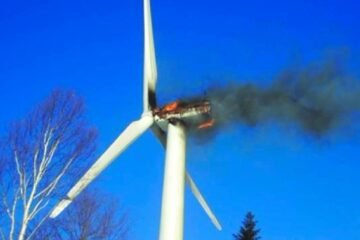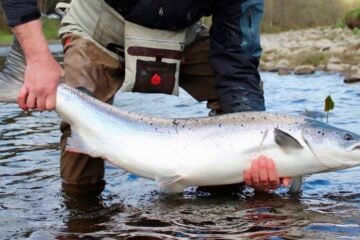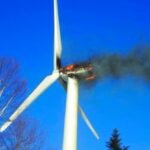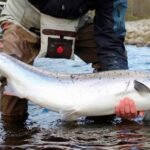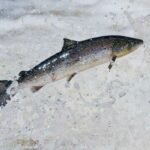Deepening Dry Spell Raises Alarms Across Eastern Scotland
As southern England grapples with hosepipe bans, eastern Scotland is facing its own climate reckoning. A prolonged spell of unusually dry conditions — stretching back to winter — has left rivers strained, groundwater depleted, and the Scottish Environment Protection Agency (SEPA) warning of imminent water abstraction restrictions.
The first six months of 2025 have made history as the driest start to a year in eastern Scotland since 1973. While intermittent summer showers have offered brief respite, SEPA data shows they have done little to offset months of minimal precipitation and poor snowmelt recharge from last winter.
“It won’t take a heatwave to tip rivers into crisis,” warned Eilidh Johnston, SEPA’s Senior Manager for Water Industry and Rural Economy. “Sustained low flows and dry soils are already putting pressure on businesses and the environment.”
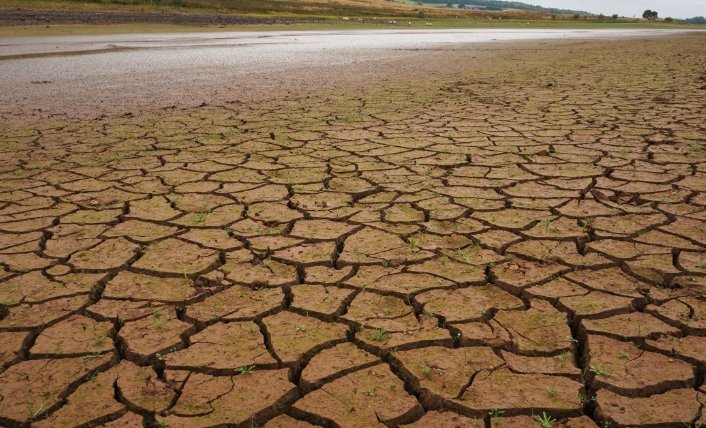
Scarcity Now a Regional Reality
Much of eastern Scotland is now officially classified as experiencing Moderate Scarcity — a designation that has persisted for over two months. The warning applies to large catchments including:
-
Spey
-
Dee (Aberdeen)
-
Don (Aberdeenshire)
-
Ythan
-
Devon
-
Esk
-
Firth of Tay
-
Tyne (Lothian)
Meanwhile, Findhorn, Almond, and the Firth of Forth have been placed on “Alert” status — one level below Moderate Scarcity — as conditions worsen.
SEPA says it’s already working with those most at risk of restrictions. In particular, licensed abstractors — businesses and farmers permitted to draw water from the natural environment — have been urged to monitor conditions closely through Direct River Abstraction Tool (DRAT) station data.
The Snowmelt That Never Came
While summer heat and prolonged dry spells dominate headlines, a quieter but critical factor in the crisis has been a shortfall in snow accumulation and meltwater.
Ordinarily, spring brings a gentle recharge to Scotland’s rivers as snowpack from hills and mountains melts. This year, that natural top-up never materialized. Low winter snowfall, coupled with rapid spring warming, left many watercourses without their usual lifeline.
Without that slow-release water source, eastern Scotland’s rivers are now running low even in early summer — a dangerous signal for what may lie ahead if dry conditions persist into autumn.
Climate Pressure Spills into Agriculture, Industry
For farmers, the implications are immediate and potentially costly. Reduced river flows mean less water for irrigation, livestock, and crop management — precisely at the time of year when demand peaks.
Energy and whisky producers — major industrial users of freshwater — may also face curbs, particularly in abstraction-heavy areas near the Spey and Dee.
SEPA has already issued voluntary guidance and conservation advisories, but mandatory restrictions could be imposed if hydrological conditions continue to decline.
“We’ve seen how abstractors have responded to the challenge of water scarcity this year and took early action to reduce pressure,” said Johnston. “However, the risk of required restrictions is not over.”
Water Resilience Under Scrutiny
SEPA insists its decisions are guided by science, pointing to its expanded DRAT monitoring network and partnerships with abstractors across key sectors. But the agency’s warning lands amid rising scrutiny of how Scotland is preparing for a changing climate.
While the west of the country remains relatively well-watered, climate divergence between regions — wet west vs. dry east — is becoming more pronounced.
Environmentalists have urged the Scottish Government to accelerate investment in resilient water infrastructure, including reservoirs, smart irrigation technologies, and improved monitoring systems. Others argue that public awareness remains dangerously low.
What Happens Next?
While no hosepipe bans or household restrictions have been announced, the outlook hinges on weather patterns through late July and August. SEPA officials say that only sustained above-average rainfall — potentially disruptive in its own right — could restore balance.
Until then, water users in the east face growing uncertainty.
“We’re asking all abstractors to stay aware of conditions,” Johnston said, “especially in the east, where pressure is building.”
Category: Environment | Meta Description: Eastern Scotland is experiencing its driest start to the year since 1973, with SEPA warning of Moderate Scarcity and potential restrictions on water abstraction.
Slug: eastern-scotland-water-scarcity-2025
Image Search Keywords: Scotland drought 2025, SEPA water scarcity map,


